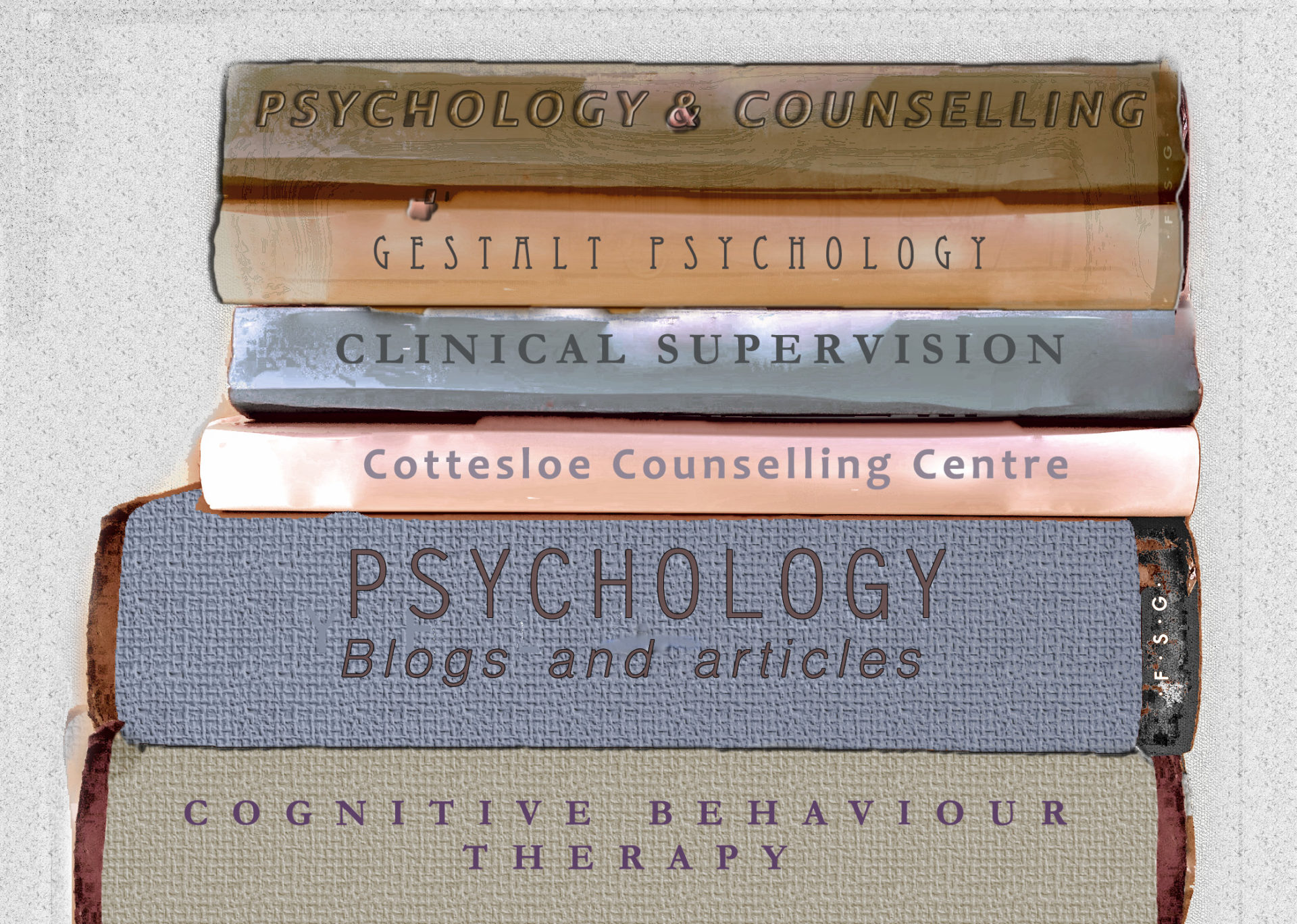Relaxation is a helpful tool for refreshing the mind and body after periods of stress. It is also extremely useful for gaining control over anxiety.
Relaxation is a state of mind in which our attention is drawn away from the outside world, and is focussed on our internal processes. This can be achieved by quietening the mind and directing our powers of concentration inward. In this way we enter a pleasant state in which there is not much thinking going on, and which is characterised by a kind of dreamy alertness, or relaxed clarity. In this sense it is similar to meditation.
People differ in their ability to enter such a state. The term absorption is sometimes used to denote the capacity to focus one’s attention and become mentally absorbed in something. An everyday example would be when we are watching a fascinating movie, and we seem to enter the reality of the movie. We may lose all sense of time, and may be oblivious to what is going on in the rest of the cinema. This ability to become imaginatively absorbed can help us in achieving a state of deep relaxation or hypnosis. Some people are naturally gifted with absorption. Others may not be naturally endowed, but can cultivate it with a little practice.
The relaxation response is a distinct physiological state. It is triggered by the parasympathetic nervous system, and it affects many factors in the body and brain, including brain waves, the immune system, digestion, muscle tension and respiration rate. It gives the body a chance to rest and recuperate. It promotes health and healing. It is a state which we can cultivate through a few simple steps:
(i) Encouraging our breathing to become slow and regular. The way we breathe is closely linked to our emotional state. For this reason, breathing training can be a useful tool for managing anxiety. People who experience anxiety attacks often feel that their body is out of control – breathing is fast and erratic, the heart is pounding, and they may feel dizzy and disoriented. With a little practice, it is possible to achieve a slower, deeper rhythm of breathing, which will in turn promote a feeling of relaxation and gentle control. In the field of yoga, the study of breathing is an entire specialty in itself.
(ii) Encouraging our muscles to relax deeply. If we can gain some voluntary control over our state of tension, we can achieve physical relaxation, and then mental relaxation will follow. EMG biofeedback studies have shown that it is possible, with a little practice, to achieve a profound degree of muscle relaxation through mental concentration. This can also be achieved through the practice of yoga or Tai Chi.
The use of mental imagery can also be a very helpful aid to achieving a state of relaxation. In combination with the above techniques, one can deepen the experience by imagining restful or soothing visual images.
Relaxation is a simple skill which can be acquired with a little practice. Once it has been learned, it can be used at almost any time or place – for example, in a lunch break, or waiting for a bus. These everyday applications can add an extra dimension to one’s daily living, and keep stress under control. The clinical applications are for management of problems such as anxiety, panic and trauma. The techniques described above are best learned from a qualified professional. A good quality relaxation CD can be very helpful for home practice. Trent Falkner has recently recorded a relaxation CD, which is now for sale. It guides the listener through a session, with spoken words and appropriate music.

